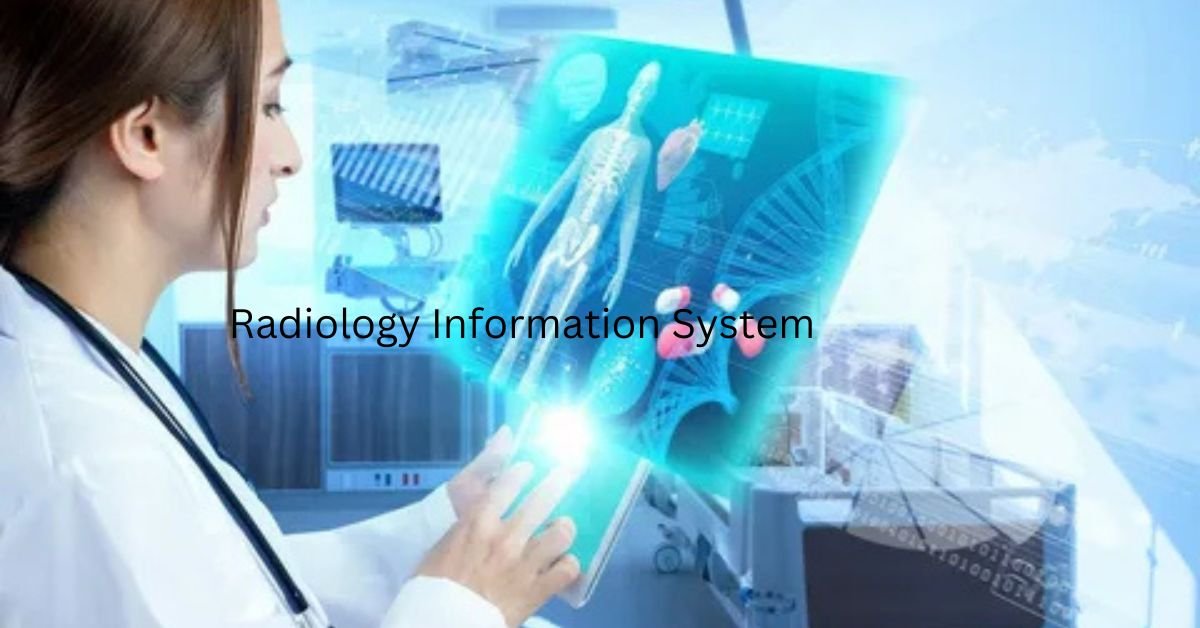Introduction to Radiology Information System (RIS):
A Radiology Information System (RIS) is a specialized software system used by healthcare institutions to manage medical images, patient information, and the workflow of radiology departments.
The RIS is a crucial component of healthcare infrastructure, especially in hospitals and diagnostic centers, where imaging plays a vital role in patient diagnosis and treatment.
Key Functions of RIS
- Patient Data Management: The RIS helps manage patient data by storing personal and medical information. This includes patient demographics, clinical history, imaging history, and more. It also integrates with the Hospital Information System (HIS) or Electronic Health Record (EHR) systems, allowing for seamless data exchange across different departments.
- Imaging Order Management: The system manages radiology orders. This includes processing and tracking orders from various healthcare providers, such as physicians or specialists. RIS ensures that the appropriate imaging procedure is scheduled and that relevant details, such as patient history and imaging requirements, are provided to the radiology team.
- Scheduling: The RIS helps schedule appointments for patients who require imaging studies. It allocates resources, such as radiologists, technicians, and imaging equipment, to ensure smooth workflow. It optimizes scheduling to reduce wait times and maximize productivity.
- Image Tracking and Reporting: RIS enables tracking of medical images taken during diagnostic procedures. The system allows radiologists to generate reports based on the photos and share them with the requesting physicians or specialists. This reporting function improves the quality of care, enabling timely diagnosis and treatment decisions.
- Billing and Insurance Management: An essential part of the RIS is its ability to interface with billing systems. It helps ensure proper billing for imaging services rendered and may be integrated with insurance companies for claim processing. This reduces manual errors and streamlines the payment process for patients.
- Integration with Picture Archiving and Communication Systems (PACS): A key feature of the RIS is its integration with PACS, a system for storing, retrieving, and sharing medical images. This combination allows healthcare professionals to access patient images quickly and efficiently from any location, making remote diagnosis possible.
- Data Security and Compliance: Since patient data and medical images are highly sensitive, RIS ensures that all data is secure. It complies with healthcare standards and regulations such as HIPAA (Health Insurance Portability and Accountability Act) in the U.S. or GDPR (General Data Protection Regulation) in the EU, ensuring the privacy and confidentiality of patient information.
Benefits of RIS

- Improved Efficiency: By automating many tasks, such as scheduling, order management, and report generation, RIS reduces the administrative burden on radiology staff. This leads to improved workflow, reducing patient wait times and increasing throughput.
- Enhanced Accuracy and Quality of Care: The RIS ensures that patient data is accurately recorded and that radiologists can access the necessary clinical and imaging information. This leads to better-informed decisions and reduces the risk of diagnostic errors.
- Cost Reduction: The efficiency gained from using an RIS system can help reduce operational costs for healthcare facilities. The system streamlines workflow, reduces manual errors, and ensures that resources are used effectively, ultimately leading to better cost management.
- Better Communication: With RIS, radiologists, referring physicians, and other medical professionals can access the same patient information, enabling seamless communication. This improves collaboration and helps provide a more comprehensive approach to patient care.
- Patient Satisfaction: Shorter wait times, streamlined processes, and accurate diagnostics can significantly improve patient satisfaction. Faster diagnosis and treatment benefits patients, directly impacting their experience in a healthcare facility.
Challenges and Considerations
- Implementation and Training: Deploying an RIS system can be resource-intensive, requiring careful planning, integration with existing systems, and staff training. Healthcare professionals must also be trained to use the system effectively, which can take time and resources.
- Data Security Risks: With the increasing digitalization of patient data, cybersecurity remains a significant concern. Hospitals and healthcare providers must invest in robust security systems to protect sensitive information from cyber threats.
- System Integration: Ensuring the RIS works seamlessly with other hospital systems like HIS and PACS can be challenging. Interoperability is crucial for smooth data exchange, which requires collaboration between IT and clinical teams.
- Cost: While RIS offers numerous benefits, the initial cost of implementing and maintaining the system can be high. Healthcare facilities must assess the long-term value and cost savings before investing in a new system.
Conclusion
The Radiology Information System (RIS) plays a vital role in modern healthcare by optimizing patient data management, imaging orders, workflow, and reporting. Its integration with other systems like PACS enhances collaboration between healthcare professionals, improving overall patient care.
Despite challenges such as implementation costs and the need for robust security measures, RIS remains a critical component of a well-functioning healthcare environment, enhancing efficiency, accuracy, and patient satisfaction.
Latest posts






